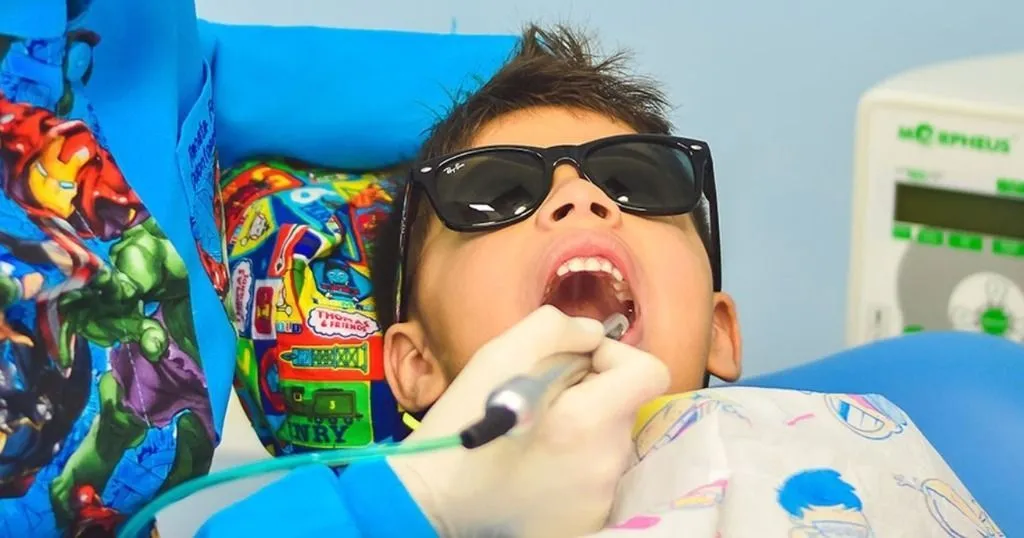Doctor-patient communication training program evaluated
Every day, new training programs find their way to hospitals and clinics to help professionals convey their message efficiently and effectively in order to practice their profession.
Posted by
Published on
Wed 22 Jan. 2014
Topics
| Coding Schemes | Doctor-patient Interaction | Medical Encounter | The Observer XT |

Colleagues from many different universities study communication in healthcare to empower themselves in this process. Every day, new training programs find their way to hospitals and clinics in order to help professionals. From medical encounters between patient and radiation oncologists to nurse-patient interaction between direct-care staff and Korean Americans in nursing or senior living homes, all of these professionals need to be able to convey their message efficiently and effectively in order to practice their profession.
Recent project
Special education courses are being developed for specific groups - for example, to empower general practitioners (GPs) in palliative care. Willemjan Slort and colleagues (2013) explain that little is known about communication in palliative care. In The Netherlands, an overall majority of patients visits a GP before going to the hospital. This way, a GP has a central role in medical care and also in palliative care.
Communication training could help GPs in conversations with patients and their families when confronted with palliative care. But how effective are these training courses? Slort et al. evaluated a new training program: ACA training. This program focuses on Availability of the GP for the patient, Current issues the GP should discuss with the patient, and Anticipation by the GP of various scenarios.
Record the interaction on video
In the context of a communication training program, trainers often make use of simulated patients. This enables trainees to practice their communication skills without interfering with day to day consultations and medical encounters. Slort et al. recorded 15 minutes of the consultation GP- simulated palliative care patient on video.
The researchers recorded how the GP communicated with the patient and the number of current and anticipated issues the GP discussed with the patient (what). To measure ‘how’ and ‘what’ the researchers made use of the Roter Interaction Analysis System (RIAS). Verbal utterances can be classified using this analysis system. RIAS, for example, describes task-oriented categories which refers to utterances that address a patient’s physical or psychosocial problems.
Coding using RIAS was carried out by trained coders using The Observer software. The video recordings in The Observer could be analyzed in great detail. It took the coders three to four times the duration of the consultation to code all behaviors. However, by using a video analysis tool, the coders could look at segments of the consultation multiple times ensuring reliable results.
Download here the FREE white paper 'How to set up behavioral coding - 7 tips'Effectiveness training program not found
Slort et al. found no effect of the ACA training program on how the GPs communicated with the patient. Moreover, they also found no effect on the number of issues discussed by GPs with the patient. Therefore, the researchers conclude that the ACA training program did not influence the behaviors they observed.
As an idea for further research, Slort et al. suggest that research could focus on evaluating whether this training program is effective for GPs who do not have a special interest in palliative care and whether studies using outcomes at patient level can provide more insight into the effectiveness of the ACA program.
Reference
Slort, W.; Blankenstein, A.H.; Schweitzer, B.P.M.; Knol, D.L.; Deliens, L.; Aaronson, N.K.; Horst, H.E. van der (2013). Effectiveness of the ACA (Availability, Current issues and Anticipation) training programme on GP-patient communication in palliative care; a controlled trial. BMC Family Practice, 14, 1-10.
Related Posts

Simulation-based training – it’s just like the real thing!

Nurse-child interaction - observing medical encounters

